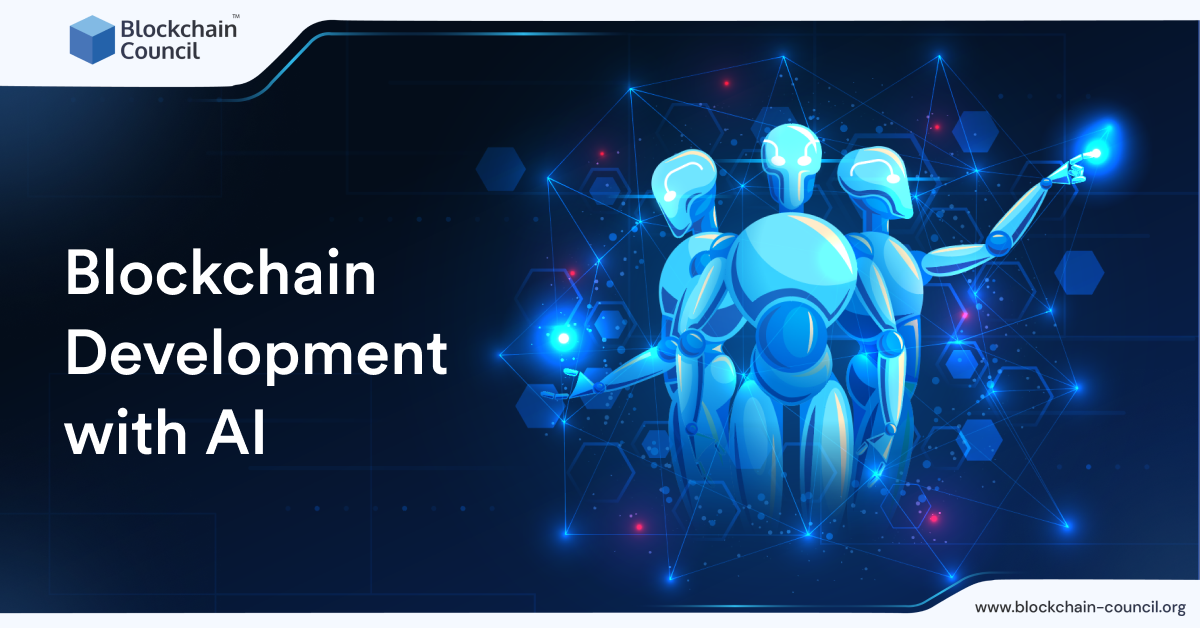
- Blockchain Council
- October 03, 2023
Summary:
- Blockchain and AI can be integrated to benefit each other, with AI making Blockchain more effective and traceable, and Blockchain enhancing AI's architecture and potential.
- Blockchain is a shared, transparent ledger for exchanging encrypted data, while AI leverages computers and data to mimic human problem-solving capabilities.
- AI can uncover patterns in Blockchain data and enhance security, while Blockchains can incentivize data contribution for AI training.
- Benefits of integrating Blockchain and AI include optimizing data processing on Blockchain networks, enhancing smart contract execution and dispute resolution, improving authenticity and data security, enabling augmentation of AI capabilities, and automating business processes.
- Challenges of Blockchain development with AI include data quality and availability, interoperability and standardization, and privacy and security concerns.
- Future trends and opportunities for Blockchain development with AI include healthcare applications, financial services, decentralized AI marketplaces, scalability and efficiency improvements, and the need for development tools and platforms.
- Some popular tools for Blockchain development include Solidity, Geth, Remix, Mist, Solium, Parity, DApp Board, and Truffle. For AI development, popular tools include TensorFlow, PyTorch, Keras, and Scikit-learn.
- Best practices for Blockchain and AI development include understanding the problem domain, choosing the right tools and platforms, following coding standards and guidelines, and staying updated with industry trends.
Blockchain and artificial intelligence (AI) are two of the most disruptive and innovative technologies of our time. They can transform various industries and domains, from finance and healthcare to supply chain and IoT. When used together, Blockchain and AI can benefit from each other, as Blockchain can make AI more effective, coherent, and traceable, and AI can enhance Blockchain’s architecture and potential. Blockchain and AI can augment each other’s capabilities and create new business value. But what are Blockchain and AI, and how do they work together? Is it possible to do Blockchain development with AI?
This blog post will explore the benefits, challenges, solutions, trends, and opportunities of Blockchain and AI integration. We will also discuss some tools, platforms, best practices, and Blockchain and AI development resources. By the end of this post, you will better understand how it is possible to do Blockchain development with AI and create innovative solutions for various problems and how Blockchain development will change forever with AI.
Understand how Blockchain development with AI works
What is Blockchain?
Blockchain is a shared, immutable ledger providing an immediate, shared, and transparent exchange of encrypted data to multiple parties as they initiate and complete transactions. A Blockchain network can track orders, payments, accounts, production, etc. Because members share a single view on how the operation takes place, they gain confidence and trust in their transactions with other businesses and new efficiencies and opportunities. Blockchain has been adopted by business leaders such as IBM and Samsung because of these qualities.
What is AI?
AI leverages computers, data, and sometimes machines to mimic the problem-solving and decision-making capabilities of the human mind. It also encompasses machine learning and deep learning sub-fields, which use AI algorithms trained on data to make predictions or classifications and get smarter over time. The benefits of AI include the automation of repetitive tasks, improved decision-making, and a better customer experience.
Bringing them together
Blockchain development is one of the most trending job role rights now, but the advent of advanced AI-based tools can completely change how Blockchain development is done. This integration will help Blockchain and AI in various ways. With the help of AI, we will be able to create more secure and adaptive systems. The union of machine learning models and Blockchain technology holds immense potential as both have flaws that the other can help find a solution for.
AI models can uncover complex patterns in Blockchain data, exposing misconduct and security threats. Moreover, Blockchains can incentivize individuals to contribute data and resources for training AI, fostering its development. This symbiotic relationship promises enhanced performance and optimization for Blockchain networks. Together, they pave the way for groundbreaking advancements in our technological landscape.
Explore Trending Certification in Blockchain & AI
Benefits of Blockchain and AI Integration
Blockchain and AI integration can benefit stakeholders like developers, businesses, customers, and regulators. Here are some of the main benefits of combining these two technologies:
Blockchain Networks
Blockchain networks, known for their decentralized nature, face challenges in scalability and efficiency. AI can help by optimizing data processing and storage on the Blockchain. AI can process huge chunks of data in a very short period. Hence, it predicts and prioritizes transaction processing, leading to faster confirmation times and an improved user experience. AI algorithms can also detect network congestion patterns, ensuring optimal performance.
AI enhances the security of Blockchain networks by identifying and preventing fraudulent activities that can be missed if not looked specifically for one. Machine learning algorithms analyze transaction data to identify suspicious behavior, increasing network security trust and deterring malicious actors.
Smart Contracts
Smart contracts, while efficient, can be rigid and struggle with complexity. AI brings flexibility to smart contract execution by dynamically adjusting contract terms based on real-time market conditions, such as transaction prices can be changed depending on the traffic on the chain at the time. This adaptability makes smart contracts more responsive and context-aware, catering to the involved parties needs.
AI also streamlines dispute resolution in smart contracts. By evaluating and interpreting contract terms, AI can resolve issues before contract execution, reducing the likelihood of disputes. It also empowers decision-making in smart contracts through predictive analytics. AI analyzes vast datasets and identifies trends, patterns, and risks, providing valuable insights for contract negotiation and drafting. This data-centric approach minimizes risk and uncertainty, leading to informed decision-making.
Authenticity
Blockchain’s digital record offers insight into the framework behind AI and the provenance of its data, addressing the challenge of explainable AI. This helps improve trust in data integrity and, by extension, in AI’s recommendations. Using Blockchain to store and distribute AI models provides an audit trail, and pairing Blockchain and AI can enhance data security.
AI can also authenticate a huge number of transactions much faster and more efficiently than generally used consensus mechanisms. It will reduce the cost of operating Blockchain, making mass adoption feasible.
Augmentation
AI can rapidly and comprehensively read, understand and correlate data incredibly, bringing new intelligence to Blockchain-based business networks. By providing access to large volumes of data from within and outside the organization, Blockchain helps AI scale to provide more actionable insights, manage data usage and model sharing, and create a trustworthy and transparent data economy.
Then these models can be used to help the cryptocurrency volatility issues that have led to the loss of many investors in the last few years. It will be easy as speculation plays an extremely important part in such crashes, and AI can reduce the amount of speculation by providing important data. AI can also be used to develop cryptocurrencies akin to the new user base using this same data. This cycle of Blockchain data to train AI will help in Blockchain development and other parameters beneficial to businesses and consumers simultaneously.
Automation
AI, automation, and Blockchain can bring new value to business processes that span multiple parties, like removing friction, adding speed, and increasing efficiency. For example, AI models embedded in smart contracts executed on a Blockchain can recommend expired products to recall, execute transactions such as re-orders, payments, or stock purchases based on set thresholds or events, resolve disputes, or select the most sustainable shipping method.
These are just some of the benefits of Blockchain development with AI. Many more industry applications lead to these technologies, creating value for various use cases. We will discuss some challenges surrounding this amalgamation of two disruptive technologies.
Challenges and Solutions of Blockchain Development with AI
Blockchain development with AI has its challenges. Some technical, ethical, and regulatory issues must be addressed before Blockchain, and AI can achieve their full potential. Here are some of the main challenges and possible solutions for combining these two technologies:
Data quality and availability
Blockchain and AI rely on data to function correctly, but not all data is reliable, accurate, or accessible. Data quality can affect the performance and outcomes of AI models, while data availability can affect the scalability and usability of Blockchain networks. A possible solution is to use data verification and validation techniques, such as consensus mechanisms, cryptographic hashing, digital signatures, etc., to ensure data integrity and provenance on the Blockchain. Another solution is to use data sharing and incentivization schemes, such as data marketplaces, tokenization, smart contracts, etc., to encourage data owners to provide high-quality and diverse data for Blockchain and AI applications.
Interoperability and standardization
Blockchain and AI are heterogeneous and complex technologies that involve different architectures, protocols, platforms, tools, etc. Interoperability and standardization are essential for ensuring compatibility and communication among different Blockchain and AI systems. Once all the AI tools can be fully optimized for Blockchain development, it will completely change how we develop cryptocurrencies, consensus mechanisms, and smart contracts.
A possible solution is to use open-source frameworks and APIs to facilitate the integration of Blockchain and AI components. Another solution is to adopt common standards and guidelines that define the specifications and requirements of Blockchain and AI systems.
Privacy and security
Blockchain and AI pose privacy and security risks for data owners, users, and providers. Blockchain can expose sensitive or personal data to unauthorized parties due to its public and transparent nature, while AI can infer or reveal private information from data analysis or processing. Thus, while you use AI for Blockchain development, it can compromise the security of that Blockchain network. Security of the Blockchain network builds trust in this technology; without it, most platforms will go into limbo in a very short time.
A possible solution is to use privacy-preserving techniques, such as encryption, zero-knowledge proofs, differential privacy, federated learning, etc., to protect data confidentiality and anonymity on Blockchain and AI systems. Another solution is to use security-enhancing techniques, such as multi-signature, threshold cryptography, homomorphic encryption, secure multiparty computation, etc., to prevent data tampering or leakage on Blockchain and AI systems.
Future trends and opportunities of Blockchain development with AI
While the idea of Blockchain development with AI is still in its infancy, it has already shown promising results and potential for various domains. Here are some of the current or upcoming trends and opportunities for combining these two technologies:
Healthcare
Healthcare outcomes can be greatly improved by enabling secure and efficient data exchange among stakeholders, such as patients, doctors, hospitals, insurers, etc. Blockchain can provide a trusted platform for storing and sharing electronic health records (EHRs), medical images, prescriptions, etc., while AI can provide intelligent insights by analyzing these data. Some examples of Blockchain and AI applications in healthcare are drug discovery, clinical trials, diagnosis, personalized medicine, etc.
Finance
Blockchain and AI can enhance financial services by enabling faster and cheaper transactions, risk management, fraud detection, etc. Blockchain can provide a decentralized platform for facilitating peer-to-peer payments, remittances, cross-border transfers, etc., while AI can provide smart recommendations by analyzing financial data. Some examples of Blockchain and AI applications in finance are robo-advisors, credit scoring, insurance claims, asset management, etc.
Decentralized AI Marketplace
AI marketplaces powered by Blockchain can help create a decentralized ecosystem where developers, data providers, and AI consumers can collaborate and exchange value. Blockchain enables secure and transparent transactions, while AI algorithms can assist in matching supply and demand, enhancing the efficiency and accessibility of AI services. This decentralized marketplace will empower developers to monetize their AI models, data, and expertise, fostering innovation and accelerating AI adoption.
Scalability and Efficiency
Scalability has been a challenge for both Blockchain and AI. However, integrating AI techniques such as federated learning, edge computing, and sharding can increase the scalability and efficiency of Blockchain networks. By offloading computationally intensive AI tasks to edge devices or utilizing distributed AI models, Blockchain networks can process large volumes of data more efficiently, enabling real-time AI applications and supporting massive user bases. Mass adoption of Blockchain will become extremely cheap and possible for all.
Blockchain and AI development tools and platforms
Blockchain and AI development requires some tools and platforms that can help developers create and deploy Blockchain and AI applications. These tools are extremely necessary to learn and understand to efficiently conduct Blockchain development using AI. There are many tools and platforms available in the market, but here are some of the popular or emerging ones that you should know:
Platforms and Tools for Blockchain
Solidity
Solidity is the object-oriented programming language for writing smart contracts and Ethereum-based applications. C++, Python, and JavaScript influence it and support inheritance, libraries, user-defined types, etc. Solidity can be compiled into bytecode on the Ethereum Virtual Machine (EVM).
Geth
Geth is a program that acts as the node of the Ethereum Blockchain. It can mine ether, transfer funds, create smart contracts, explore block history, etc. Geth can be run on different operating systems, such as Windows, Linux, and Mac OS X.
Remix
Remix is a web-based IDE that can write, compile, debug, and deploy Solidity code. It has a built-in browser-based Blockchain that can simulate the Ethereum environment. Remix also supports plugins that can extend its functionality.
Mist
Mist is the official Ethereum wallet that stores and manages ether and other tokens. It also allows users to interact with decentralized applications (DApps) on the Ethereum network. Mist has a user-friendly interface that can help users create and execute smart contracts.
Solium
Solium is a linter that can help developers write consistent and secure Solidity code. It can detect syntax errors, security issues, style violations, etc. Solium can be integrated with text editors such as Atom, Sublime Text, and Visual Studio Code.
Parity
Parity is an Ethereum client that can run a full or light node of the Ethereum network. It supports fast synchronization, network pruning, warp sync, etc. Parity also has a built-in wallet that can manage ether and tokens.
DApp Board
DApp Board is a platform that provides analytics and insights for Ethereum DApps. It can track user activity, transactions, contracts, events, etc. DApp Board can help developers understand the performance and behavior of their DApps.
Truffle
Truffle is a development framework that can help developers create and test smart contracts and DApps. It has features such as smart contract compilation, migration, testing, deployment, etc. Truffle also supports scripting and debugging tools.
Platforms and Tools for AI
TensorFlow
TensorFlow is an open-source platform that can help developers create and train AI models. It supports various AI applications, such as computer vision, natural language processing, speech recognition, etc. TensorFlow also supports distributed computing, GPU acceleration, etc.
PyTorch
PyTorch is another open-source platform that can help developers create and train AI models. It is based on the Torch library and supports dynamic computation graphs, automatic differentiation, etc. PyTorch also supports various AI applications, such as computer vision, natural language processing, speech recognition, etc.
Keras
Keras is a high-level API that can help developers create and train AI models using TensorFlow or other backends. It provides various modules and functions that can simplify the development process. Keras also supports multiple GPUs, distributed training, etc.
Scikit-learn
Scikit-learn is a library that can help developers implement machine learning algorithms and techniques. It supports classification, regression, clustering, dimensionality reduction, feature extraction, etc. Scikit-learn also provides various tools for model evaluation and selection.
Blockchain Development with AI: Best Practices and Tips
Blockchain and AI development can be challenging and complex for developers new to these technologies or wanting to improve their skills. Here are some of the best practices and tips for developing Blockchain and AI applications:
Understand the problem domain
Before starting any development project, it is important to understand the problem domain and the application’s requirements. Developers should research the existing solutions or competitors in the market and identify the gaps or opportunities. Developers should also define the scope and goals of the project and the expected outcomes or deliverables. They can then decide on and deploy the AI model that best suits their need. With the advent of all sorts of models across the industry, choosing the right model for your problem is extremely hard.
Choose the right tools and platforms
Depending on the problem domain and the application’s requirements, developers should choose the right tools and platforms that suit their needs and preferences. When selecting the tools and platforms, developers should consider various factors, such as functionality, compatibility, scalability, security, cost, etc. Developers should also keep themselves updated with the latest trends and developments in the Blockchain and AI fields. New AI tools are getting launched every day, and if you don’t keep looking, you will miss out on some great tools that can reduce development time and efficiency by a huge margin.
Follow the coding standards and guidelines
Developers should follow the coding standards and guidelines recommended or required by their tools and platforms. Developers should write consistent, readable, and maintainable code that others can easily understand. Developers should also use comments, documentation, and testing tools to ensure the quality and functionality of their code. They should also ensure that while integrating AI, they keep its limitations in mind and use it accordingly.
Optimize the performance and efficiency
Developers optimize the performance and efficiency of their code to ensure that their applications can run smoothly and fast. AI can do this, making the entire process more swift and less time-consuming. Various techniques, such as caching, parallelization, pruning, compression, etc., can be easily done using AI tools to reduce their code’s computational complexity and resource consumption. Developers can also monitor and measure the performance and efficiency of their code using various AI tools or metrics.
Blockchain Development with AI: Community and Resources
Blockchain and AI development can be a lonely and challenging journey for developers working independently or wanting to learn from others. Therefore, connecting and collaborating with other Blockchain and AI developers who can share their knowledge, experience, and feedback is important. Here are some of the ways to join the Blockchain and AI development community:
Online communities
There are many online platforms and forums where Blockchain and AI developers can interact and exchange ideas. Some examples are Reddit, Stack Overflow, Quora, Medium, etc. These platforms can help developers find answers to their questions, learn new skills, discover new projects, etc. you can use these communities to look for experienced individuals who can help you efficiently use AI. At the same time, Blockchain development also shares trade secrets you may not know.
Offline communities
There are also many offline events and meetups where Blockchain and AI developers can network and socialize. These events frequently happen worldwide and are a haven for people looking to exchange great ideas on different subjects and improve their field of work by adopting the latest techniques and tools. Some examples are conferences, hackathons, workshops, etc. These events help developers showcase their work, find potential partners, get feedback, etc.
Blogs and Podcasts
Many blogs and podcasts can provide valuable insights and information for Blockchain and AI developers. Some examples are IBM Blockchain Blog, IBM Developer Podcast, TensorFlow Blog, PyTorch Blog, etc. These blogs and podcasts can help developers stay updated with the latest trends and developments in the Blockchain and AI fields.
Explore Trending Certification in Blockchain & AI
Conclusion
Blockchain development is a rising field, and AI integration will improve it. AI not only fills the gaps and loopholes in the Blockchain but also opens a gateway for its mass adoption by fixing the issues often cited as the reason behind companies’ hesitancy to integrate Blockchain fully in their operations. Once this is done, the need to fill this job role will arise quickly. The individuals with a focused mindset and a knack for learning who can upskill themselves for this unique job role will see opportunities open up for them in no time. This blog can be a great starting point for you to start your learning journey, and you can also enroll in our course so that your career prospect is in one of the most trusted hands in the industry.
Frequently Asked Questions
- Blockchain and AI can benefit from each other’s capabilities and enhance each other’s potential.
- Blockchain can make AI more effective, coherent, and traceable, while AI can enhance Blockchain’s architecture and potential.
- The integration of Blockchain and AI can create innovative solutions and change the landscape of Blockchain development.
- AI can optimize data processing and storage on the Blockchain, improving scalability and efficiency.
- AI algorithms can detect network congestion patterns, ensuring optimal performance and faster confirmation times.
- AI enhances the security of Blockchain networks by identifying and preventing fraudulent activities.
- AI brings flexibility to smart contract execution by dynamically adjusting contract terms based on real-time market conditions.
- AI streamlines dispute resolution in smart contracts by evaluating and interpreting contract terms.
- AI empowers decision-making in smart contracts through predictive analytics, providing valuable insights for contract negotiation and drafting.
- Data quality and availability can affect the performance and scalability of both Blockchain and AI.
- Interoperability and standardization are necessary for ensuring compatibility and communication among different Blockchain and AI systems.
- Privacy and security risks need to be addressed to protect data confidentiality and prevent data tampering or leakage.
- Healthcare can benefit from secure data exchange and intelligent insights enabled by Blockchain and AI.
- Finance can enhance transactions, risk management, and fraud detection through the integration of Blockchain and AI.
- Decentralized AI marketplaces can create a collaborative ecosystem for developers, data providers, and AI consumers.
- Scalability and efficiency can be improved by integrating AI techniques such as federated learning and edge computing.
- There are various tools and platforms available for Blockchain and AI development, such as Solidity, TensorFlow, and Truffle.

































































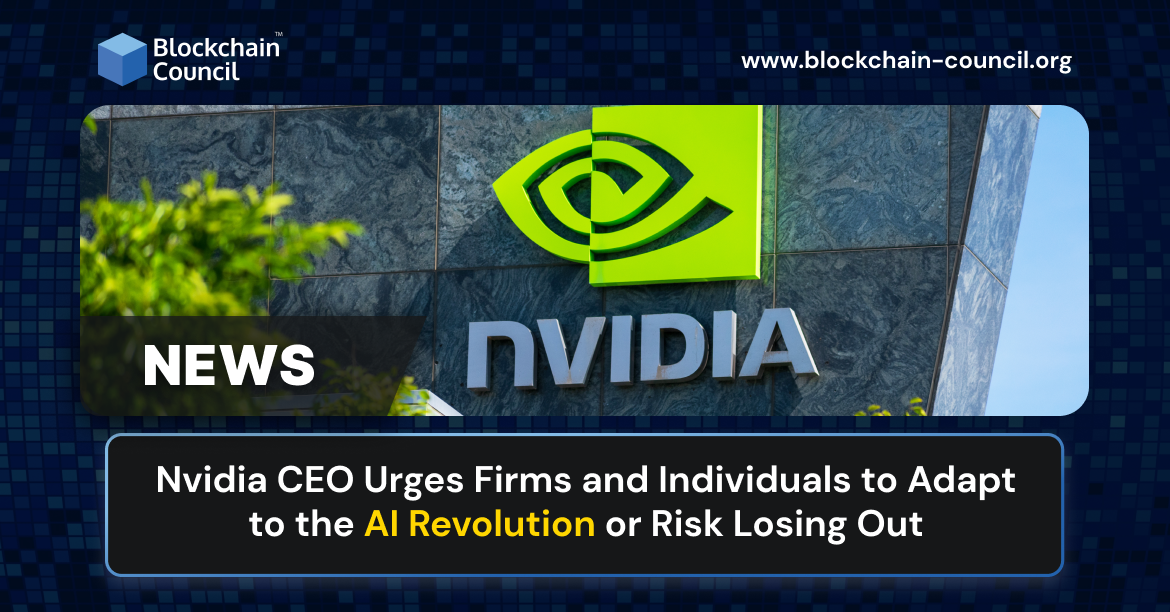
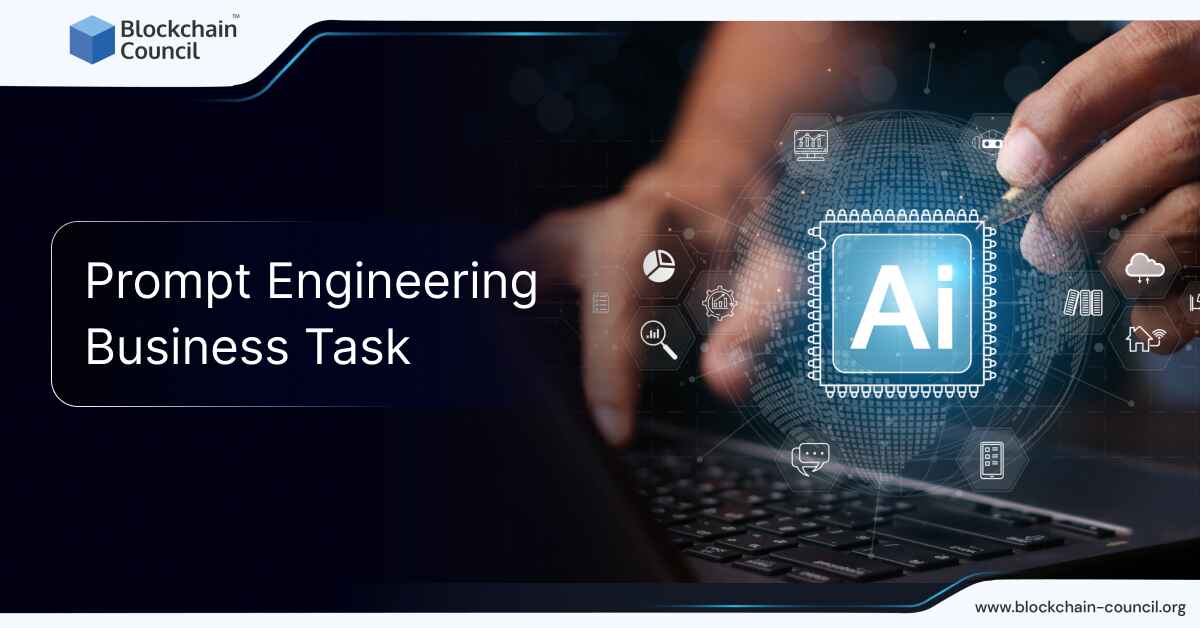
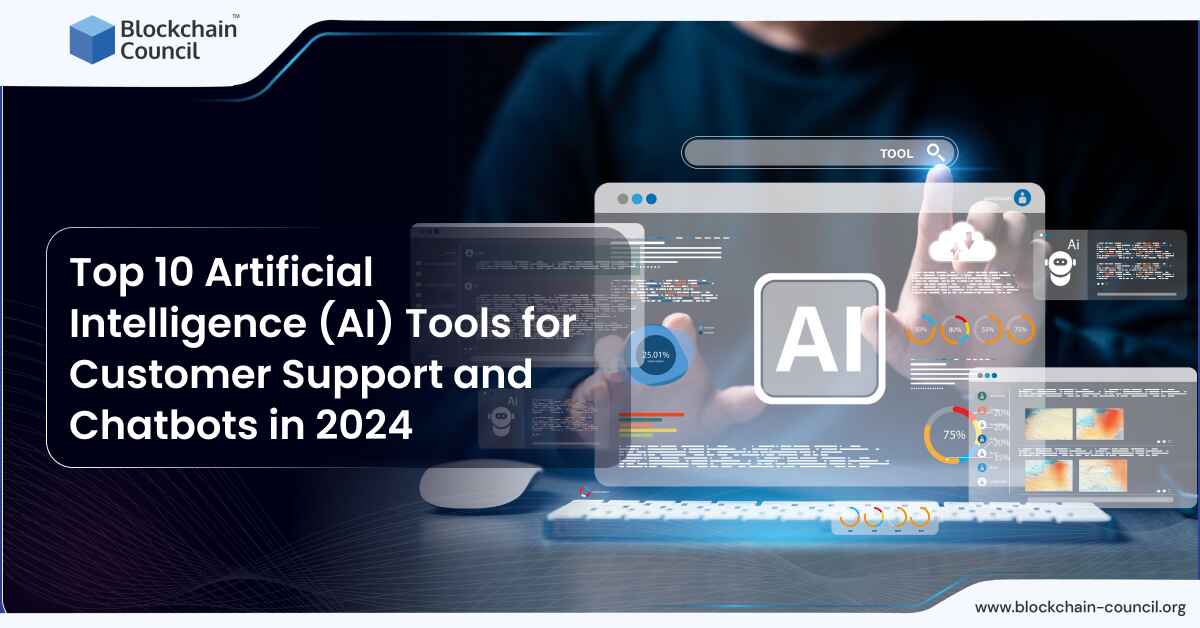
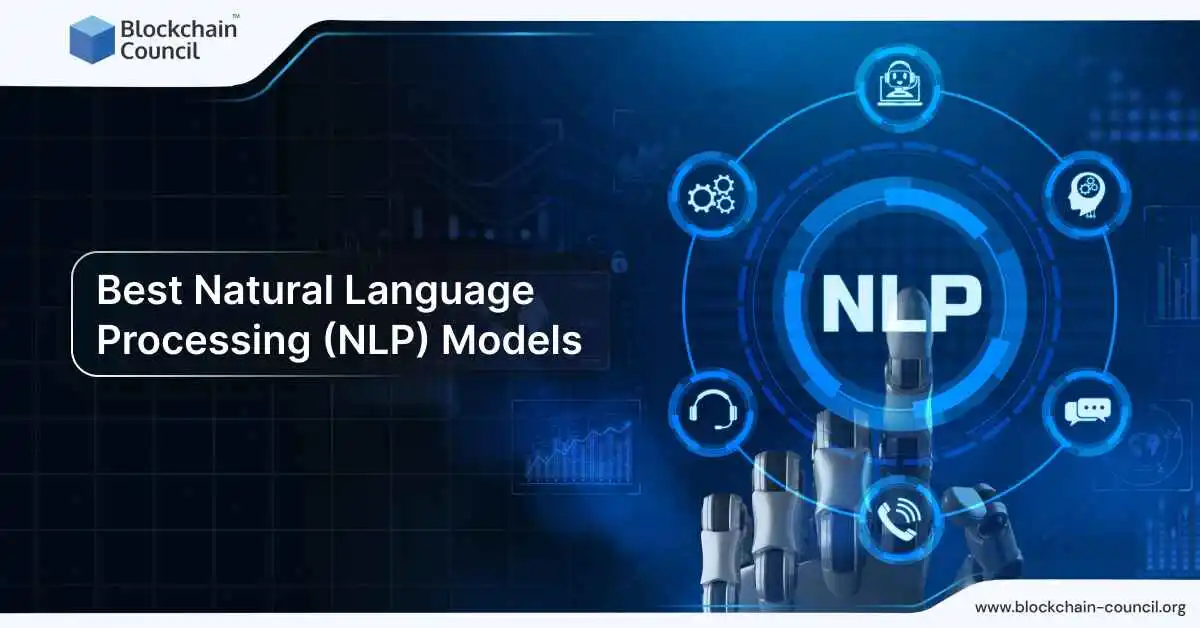
 Guides
Guides News
News Blockchain
Blockchain Cryptocurrency
& Digital Assets
Cryptocurrency
& Digital Assets Web3
Web3 Metaverse & NFTs
Metaverse & NFTs
